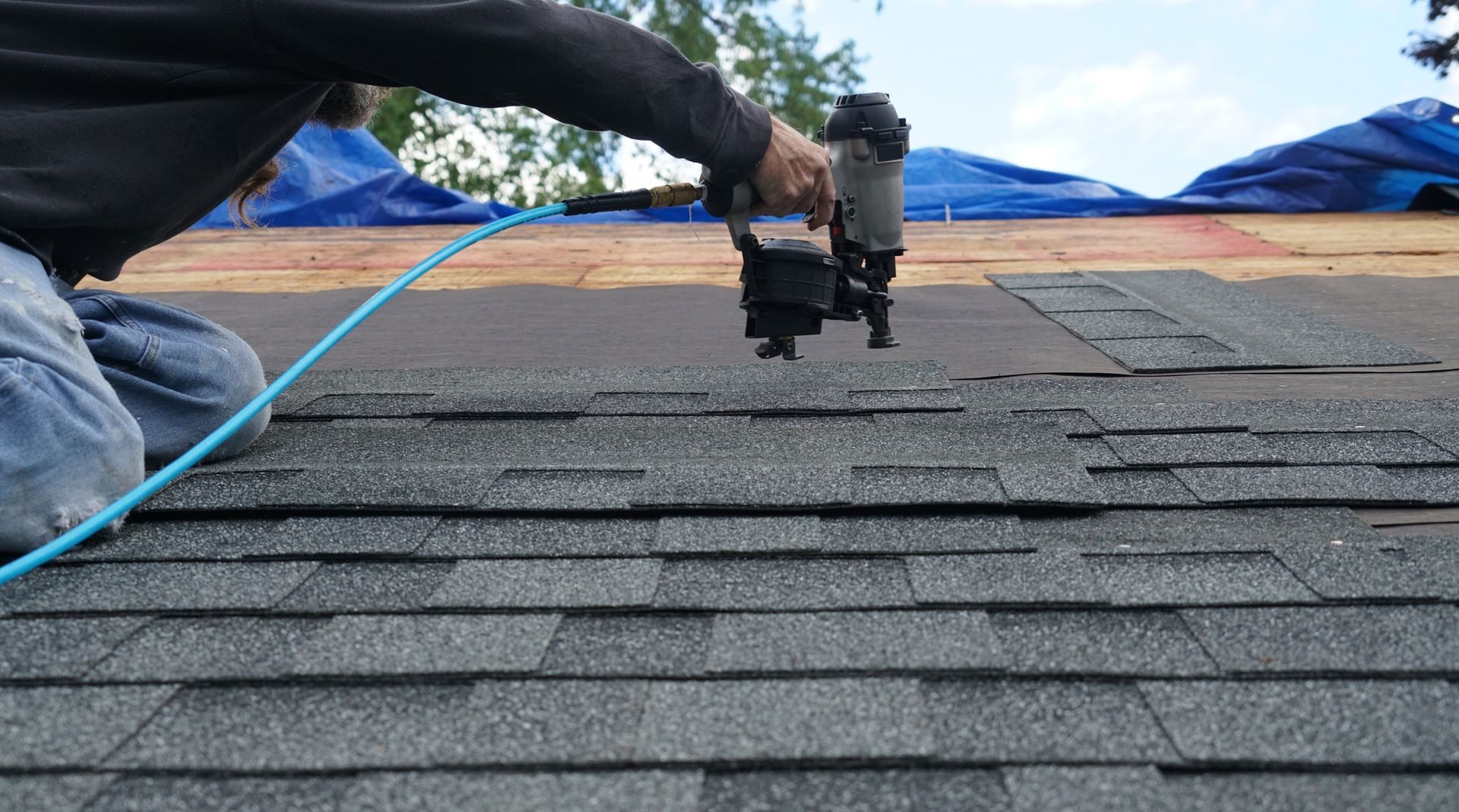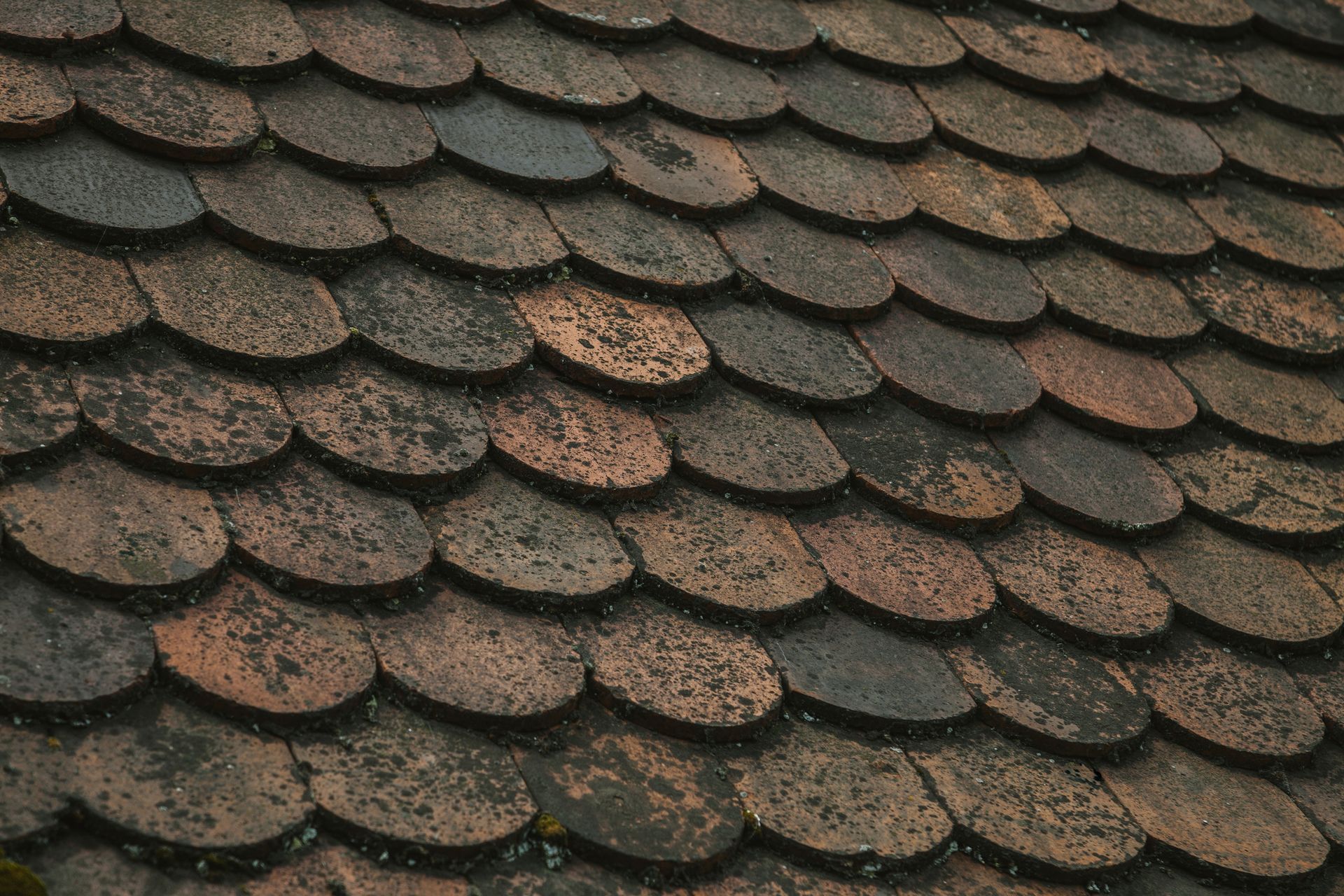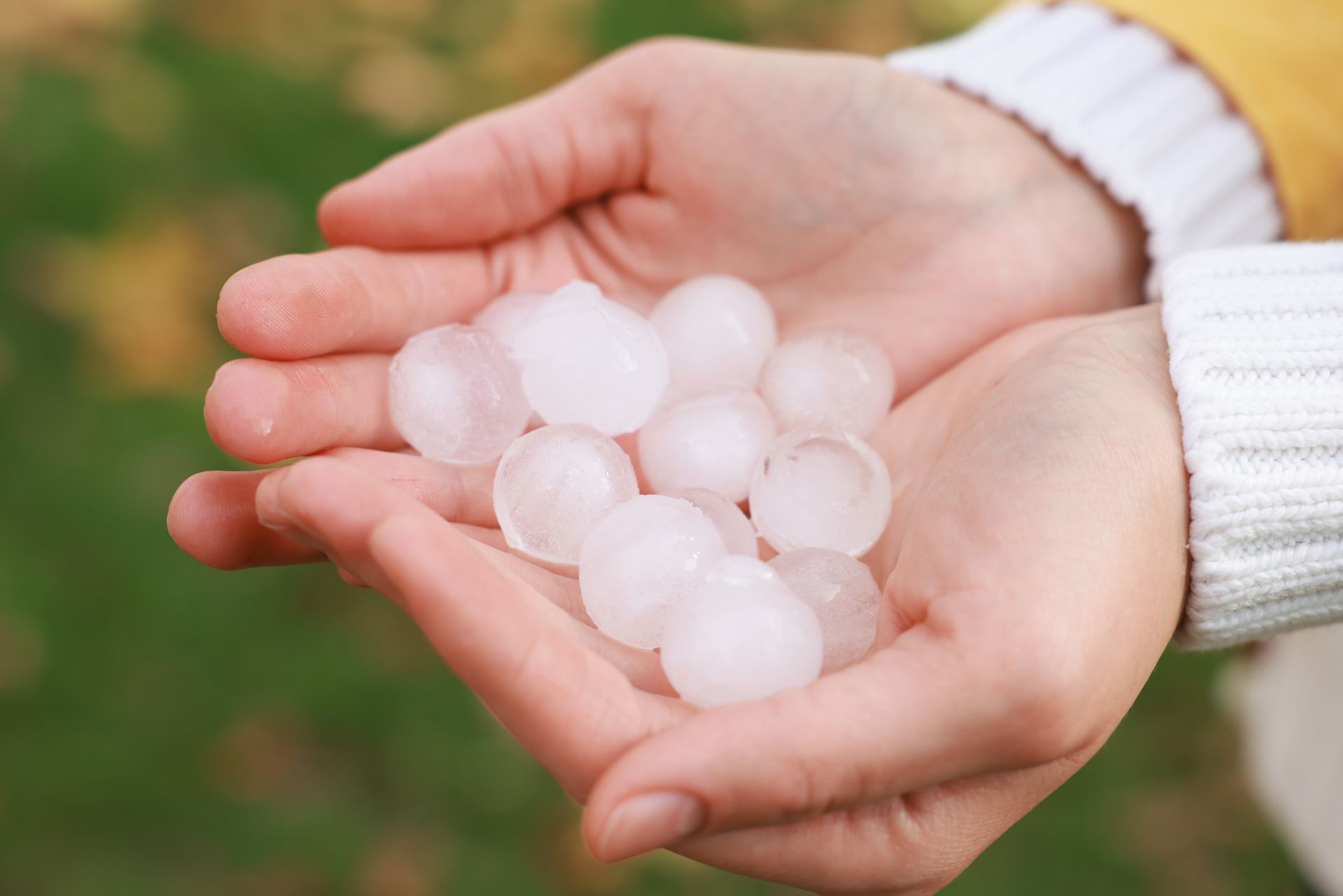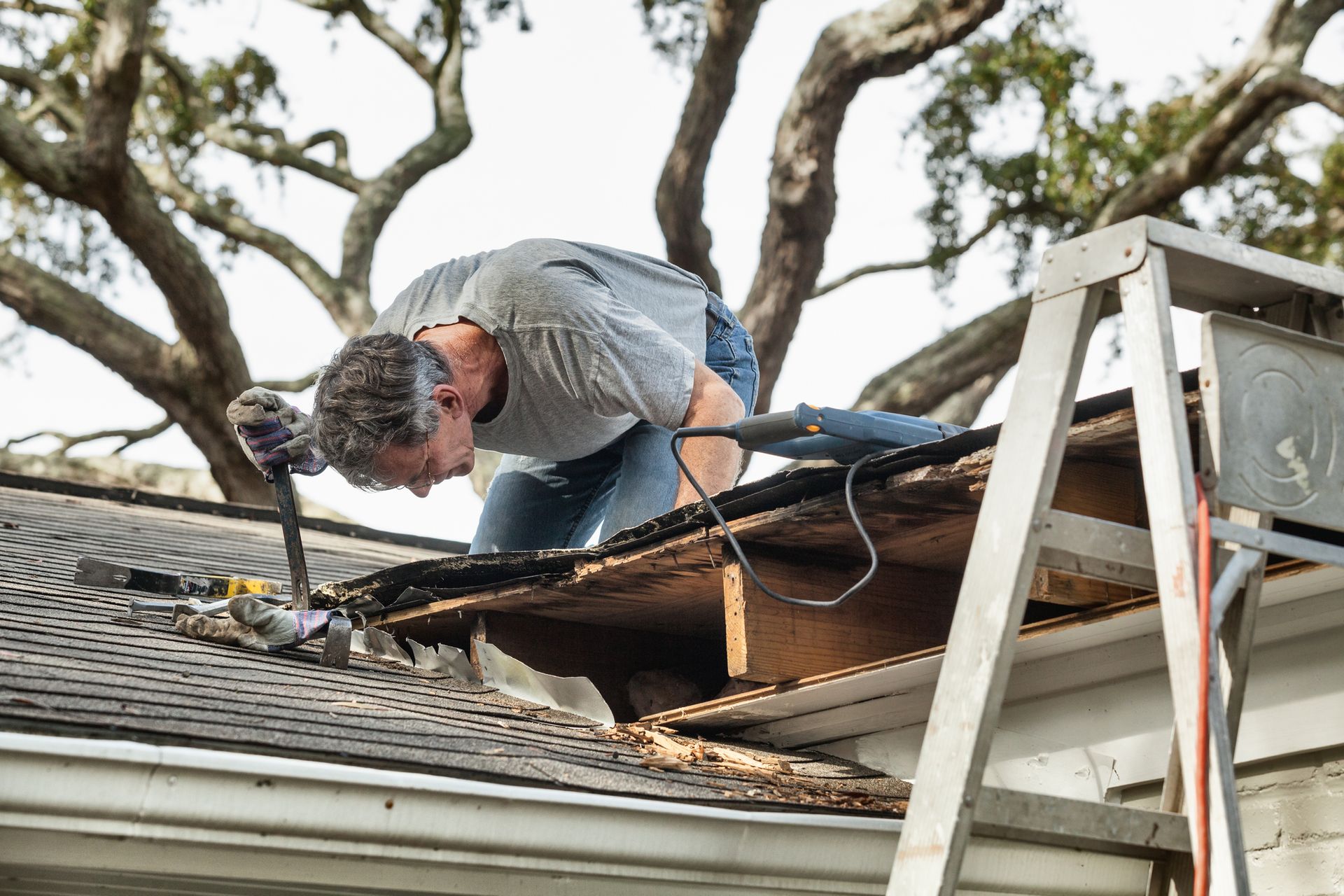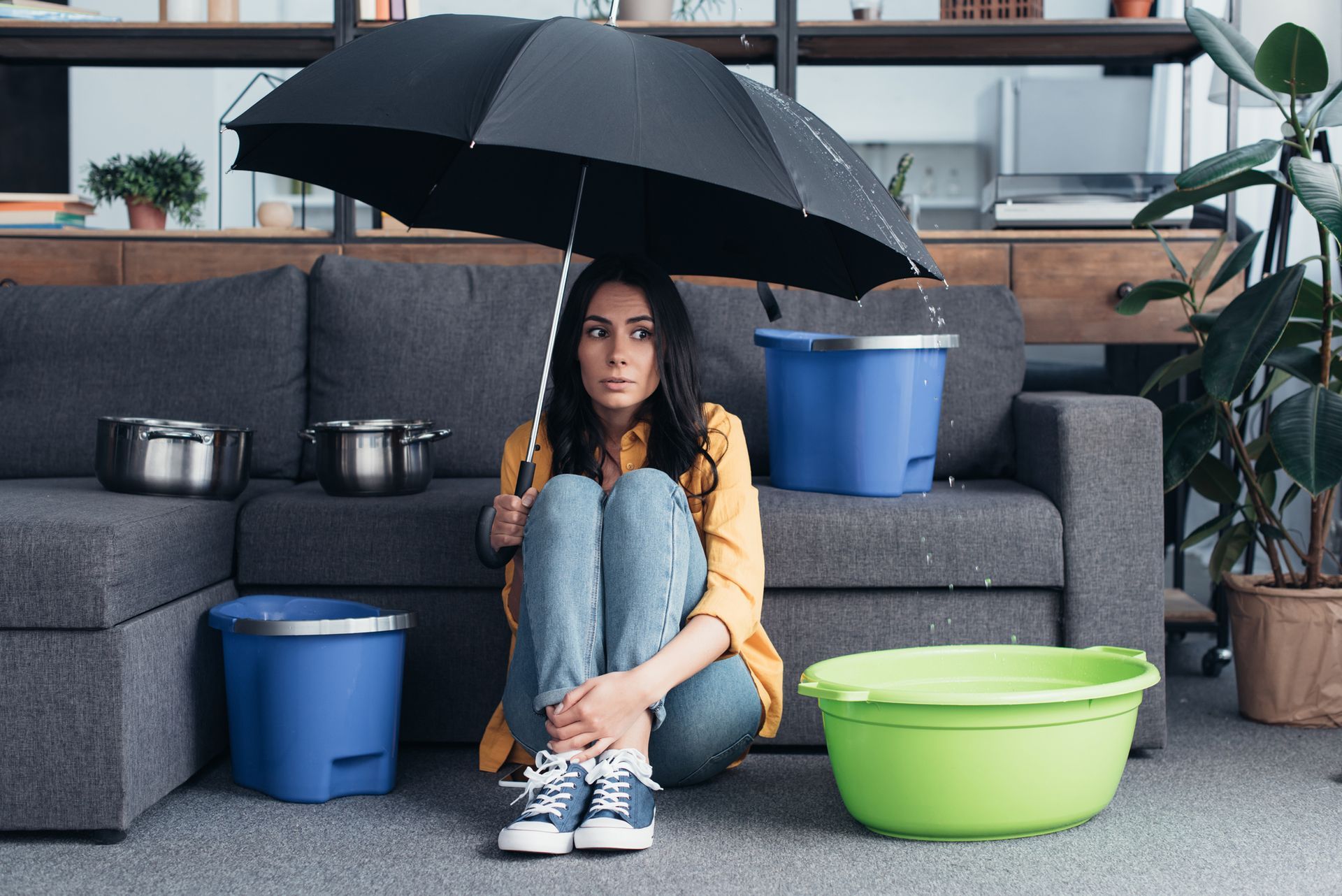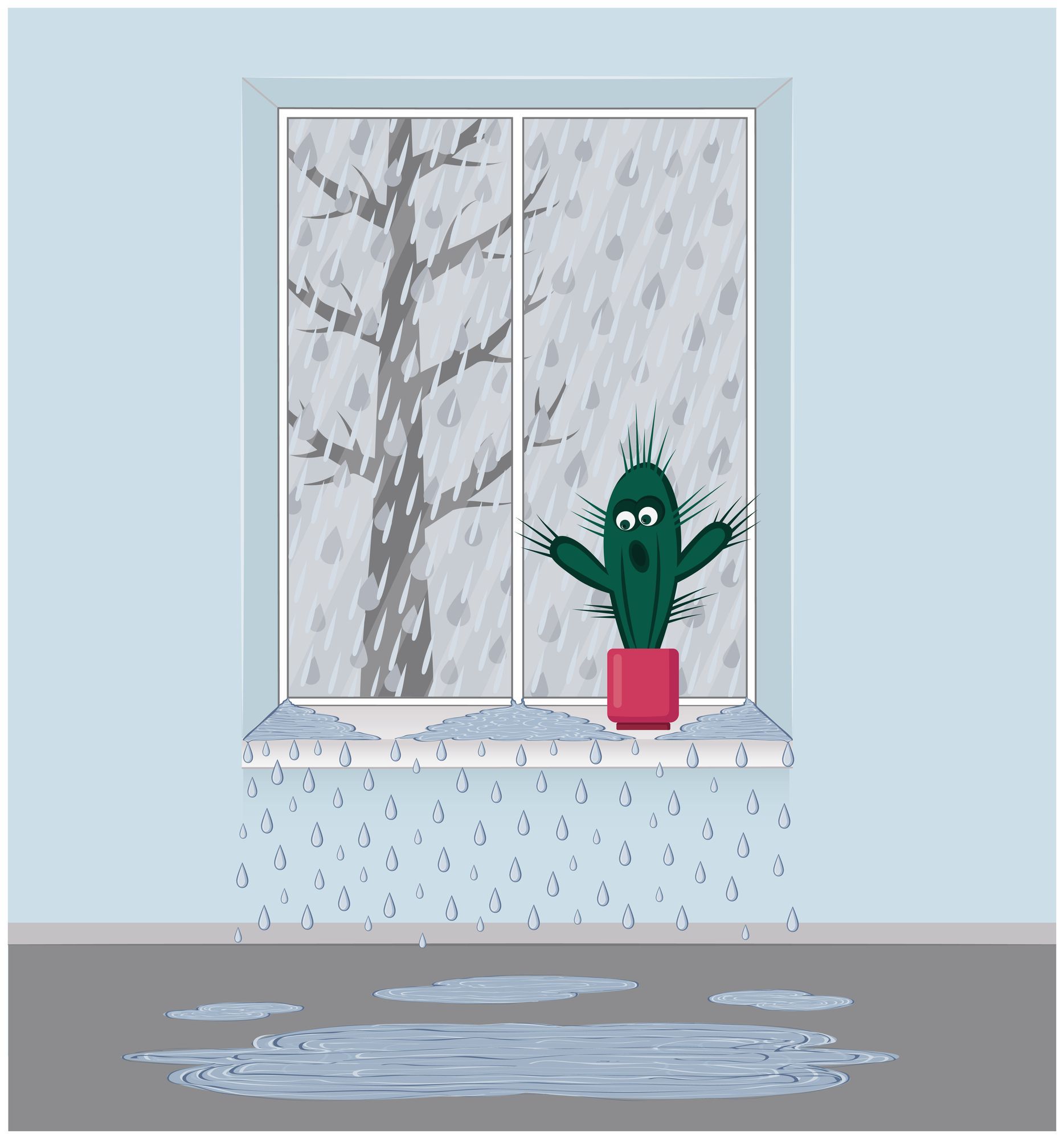Check Your Roof for Post-Storm Damage
Rachael Eslao • July 20, 2021
How to Check Your Roof for Post-Storm Damage

Regardless of where you live, you've probably experienced some rough weather in your lifetime. Tornadoes, hurricanes, hailstorms, and summer squalls can cause great damage to roofs and other exterior surfaces.
What To Do After a Storm
What should you do about your roof after a major storm? How do you identify roof damage? Here are some tips and tricks to help you with your roof damage.
Types of Roof Storm Damage
Wind- A roof can be damaged by hurricane-force winds, which are defined by meteorologists as winds exceeding 74 mph, or by gale-force winds, which are between 39-54 mph. As a result of high winds, roofing shingles can be torn or removed, leaving underlayment, roof decks, or waterproofing materials vulnerable to the elements. The wind can lift and curl shingles in less severe storms when gusts are sudden and sharp. As shingles are installed, they're purposefully overlapped to create a water-tight seal, and lifting and curling can damage that seal, leaving your roof susceptible to wind-driven rain.
Hail- Although hailstorms are usually short and rarely last more than 15 minutes, they can cause dents or pockmarks in shingles and loosen shingle granules. It can be problematic since these granules protect your roof from rain damage and sun damage. Additionally, hail damage can ruin your roof's aesthetic appeal.
Standing Water-
If your roof is not adequately drained, standing water can build up after heavy rains, especially in uneven areas. Back-up rainwater in gutters may cause your shingles to leak, which could allow moisture to penetrate the underlayment and roof deck.
Debris-
There can be a lot of debris on your roof depending on the severity of the storm, from leaves to tree limbs. The shingle surface can be damaged by large objects, leaving the area susceptible to moisture intrusion. Lighter branches pose less danger.
Roof Storm Damage Checklist
Check out this roof storm damage checklist to determine the type of damage your roof has sustained and if you need an entirely new roof or just parts of it repaired or replaced.
Schedule and Conduct a Roof Inspection
Safety always comes first. To schedule an inspection and assess the damage, contact a trustworthy, professional roofing contractor. Contractors offer free roof inspections and will know how to look for roof damage safely.
Choosing a Reliable and Trusted Roofing Contractor
Choosing a trustworthy contractor is important. After a large regional storm, repair companies and roofers may be busy and may offer discounts to compete for your business. When something seems too good to be true, it probably is.
Roofing contractors can:
• Examine your damage with a professional's eye
• Estimate how much it will cost
• Repair or replace your roof
Contact your homeowner's insurance provider
When you find significant damage to your home after a storm, you should contact your homeowner's insurance provider right away so you can file a claim according to their guidelines.
Using the notes and photographs you collected during your storm damage assessment, its representatives can assist you in filing a claim and getting adequate compensation. The company may also send its own inspector to assess the damage your home sustained as a result of a storm.
Do not hesitate to contact Emergency Roof Tarping and Board Up today if your roof or windows have been damaged by a storm.



